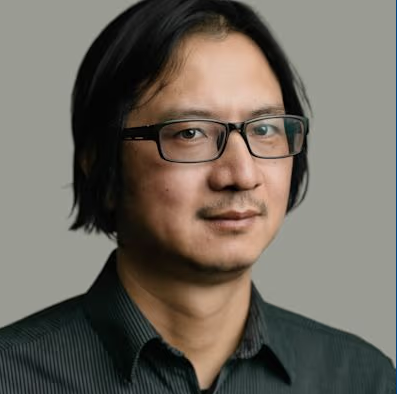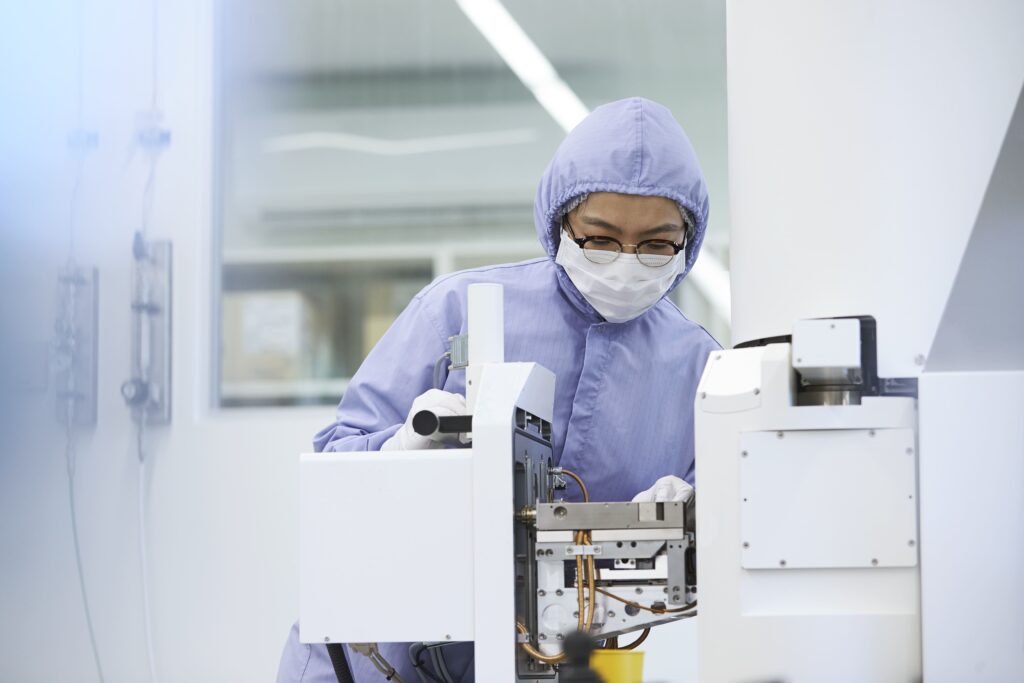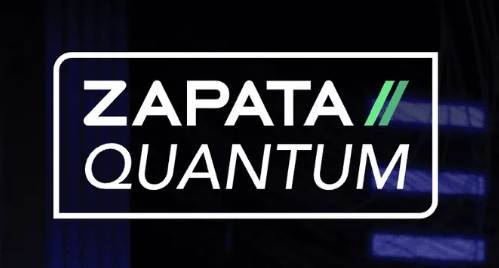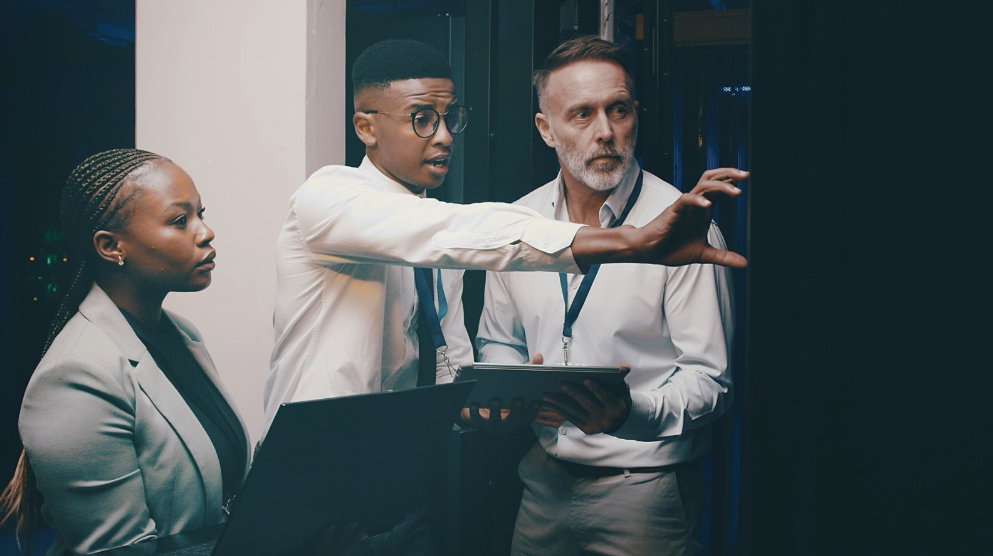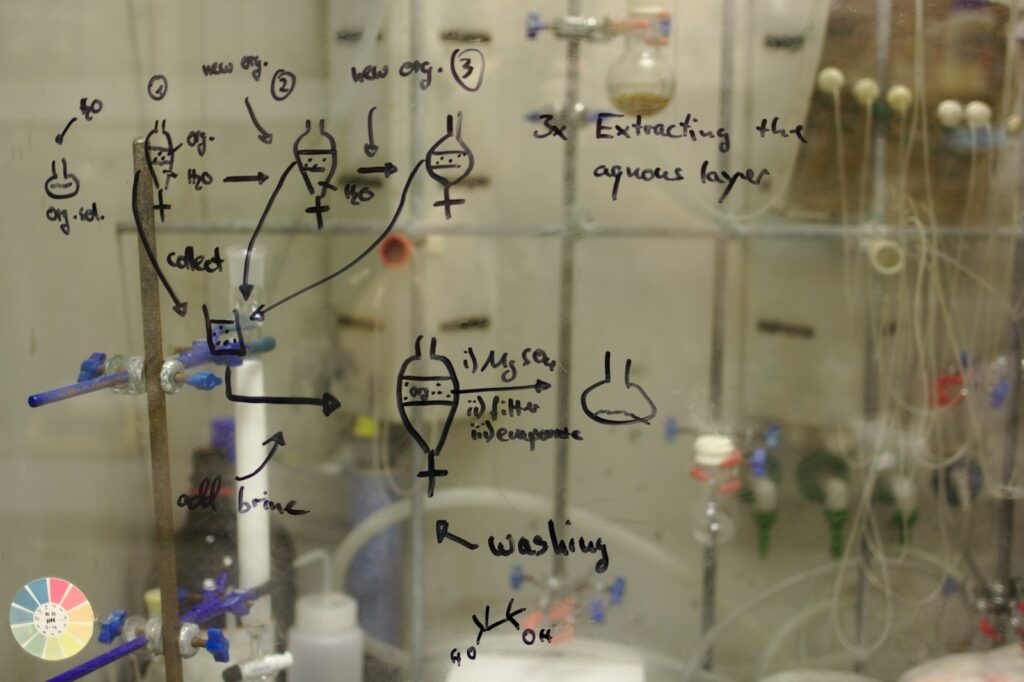Insider Brief
- Herbert Fotso, a physicist at the University of Buffalo, received a $225,967 grant from the Department of Energy to study how disorder within quantum materials affects their properties, challenging the common goal to avoid imperfections in such materials.
- The research, in collaboration with Hanna Terletska from Middle Tennessee State University, will develop computational models to understand the interaction between electron behaviors and structural disorder in materials, which can lead to unexpected conductive properties.
- These models will be made open-source, facilitating global research efficiency and aiding in the understanding and development of materials for future technologies such as quantum computing.
UNIVERSITY RESEARCH NEWS —Buffalo, NY/November 3, 2023 — In the field of materials science, disorder gets a bad rap.
Disorder — imperfections in a material’s structure — is typically something to be avoided, especially when synthesizing quantum materials whose exotic properties offer great potential for superconductors and ultrafast computers.
Yet every material has some amount of disorder, and for some, disorder may explain why they exhibit their exciting properties in the first place.

UB condensed matter physicist Herbert Fotso is principal investigator on a recent $225,967 grant from the Department of Energy to study quantum materials and how disorder affects their behavior.
“We hope to fill a vacuum of information that can enable breakthroughs in materials science and even guide the synthesis of new materials,” says Fotso, associate professor in the Department of Physics, College of Arts and Sciences.
In this collaborative project with Hanna Terletska, associate professor in the Department of Physics and Astronomy at Middle Tennessee State University, Fotso will create computational models to better understand the role of disorder in quantum materials that also have strong interactions between their electrons when driven away from equilibrium.
“Very often, studies of quantum materials have considered strong interaction between electrons and disorder separately,” Fotso says. “We’re proposing methods to study the interplay of interaction and disorder, evaluating what happens when both of these are important in a given material.”
For example, metal-to-insulator transitions can be driven by both disorder and interaction. Some materials that should conduct electricity instead act as insulators due to some level of disorder. In other cases, a material may act as an insulator because the interactions between its electrons are so strong that they cannot move freely.
“So what happens when these two elements are present in the same material? This interplay gives rise to a number of rather interesting and sometimes surprising behaviors,” Fotso says.
Typically, scientists analyze a material’s properties by increasing its charge concentration. However, this process often also creates some disorder in the material. In some cases, disorder may ultimately be more responsible for the observed properties than the increased charge concentration.
Fotso says precise, well-behaved materials are the foundation of materials science and the development of materials for quantum computing in particular, so scientists need an accurate understanding of why materials behave the way they do.
“When you’re running experiments, you want to be able to anticipate your results. Those expectations are guided by theory, and that theory must factor in the key parameters of the system,” he says. “If you don’t have all of the key parameters, you will miss out on what exactly is happening in that material.”
Fotso and Terletska’s computational models will be released as open-source tools, allowing other research groups to take advantage and enable studies of quantum materials that were previously inaccessible.
“Ideally, as a community, we do not want research groups across the world to be duplicating efforts because time is valuable,” says Fotso, who joined the UB faculty in 2022. “Increasingly, many of the problems that are relevant to future technologies will involve many different subfields of not only science, but even subfields within physics and within condensed matter physics.”
Written by Tom Dinki
For more market insights, check out our latest quantum computing news here.












